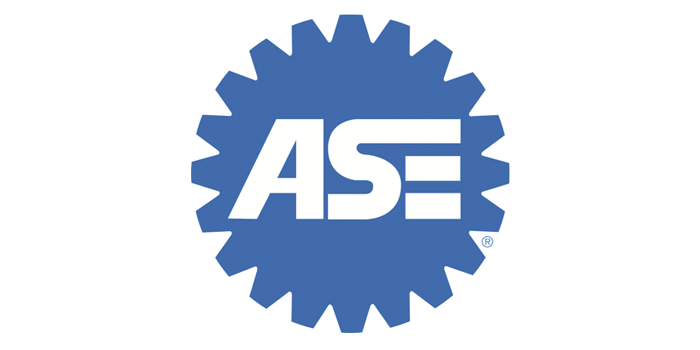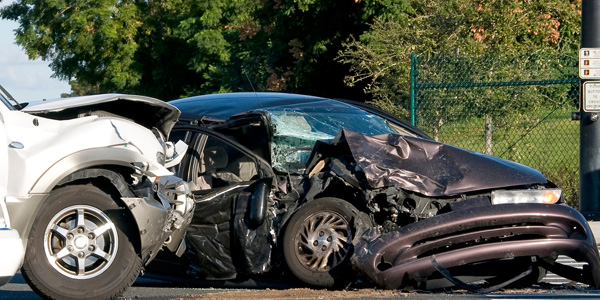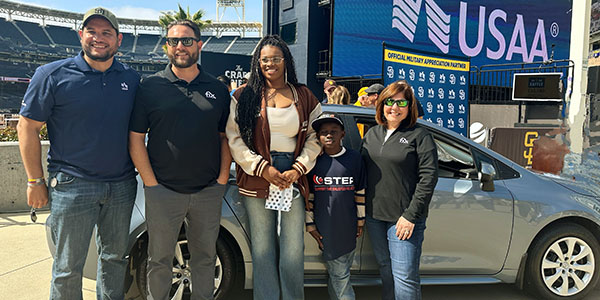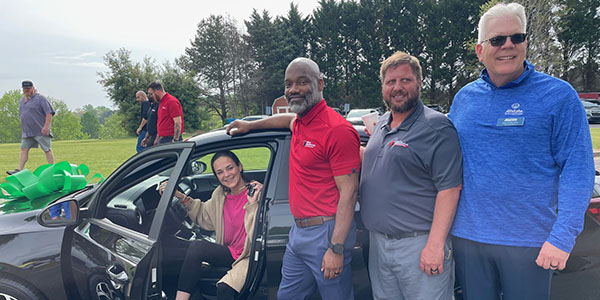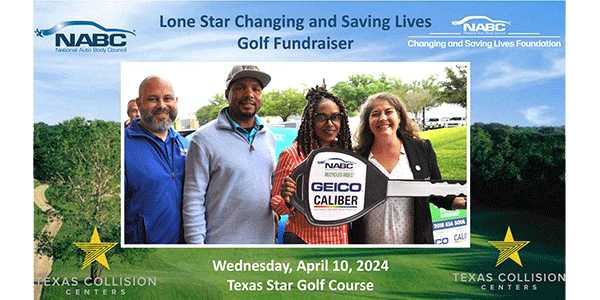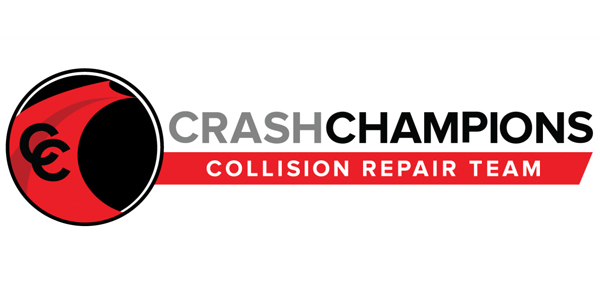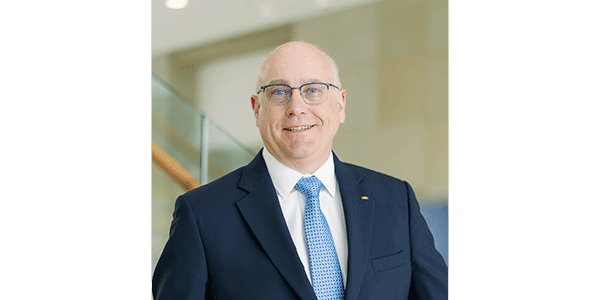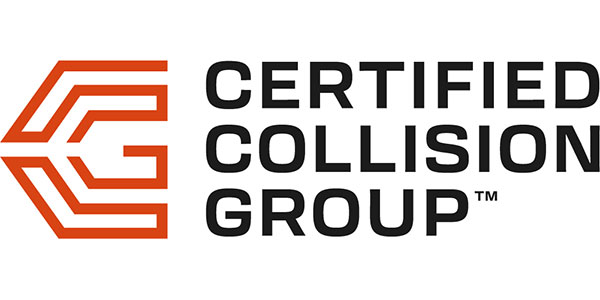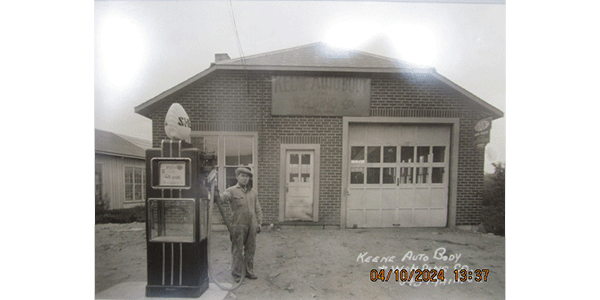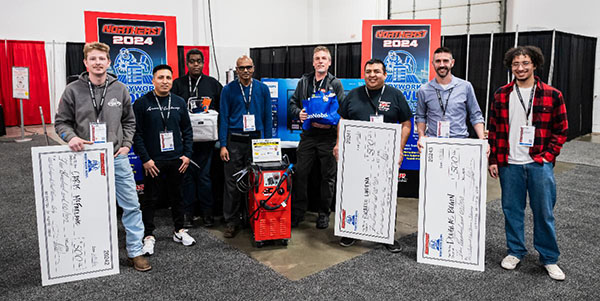Young drivers are nearly four times more likely to be involved in a fatal traffic crash than their older counterparts, but a new report released today by the Governors Highway Safety Association (GHSA) finds that the crash and fatality rates for drivers under 21 have improved drastically over the past two decades — more so than for other drivers.
The report, Young Drivers and Traffic Fatalities: 20 Years of Progress on the Road to Zero, includes an analysis of Fatality Analysis Reporting System data for 2002-2021, identifies the policies and programs responsible for the gains in teen driver safety and makes recommendations for building upon that success.
Over the past two decades, fatal crashes involving a young driver fell 38%, while they increased nearly 8% for drivers 21 and older. At the same time, deaths of young drivers fell about 45%, compared to an 11% increase in fatalities for older drivers. Young people are less likely to drive today than they were 20 years ago, but this accounts for only a small portion of the large decreases. Calculating fatal crashes per 10,000 licensed drivers shows the rate fell 34% for drivers under 21, compared to a 12% decrease for drivers 21 and older. The report also includes a state-by-state analysis that shows changes in the crash and fatality rates for young drivers vary substantially. Nationally, the young driver crash fatality rate improved in all but three states and the District of Columbia.
“Young drivers are the riskiest age group on the road, and the reasons are straightforward — immaturity and inexperience,” said Pam Shadel Fischer, senior director of external engagement for GHSA and the report’s author and a national teen driver safety expert. “The brain isn’t fully developed until the early to mid-20s, particularly the prefrontal cortex, which controls risk assessment and decision-making. Many young drivers simply don’t have the behind-the-wheel experience to recognize risk and take the appropriate corrective action to prevent a crash.”
“And this impacts the safety of everyone on the road, not just the teen behind the wheel. In 2021, 63% of the people killed in crashes involving a young driver were their passengers, occupants of other vehicles or pedestrians or bicyclists.”
The report discusses five proven policies and programs that research confirms the teen driver safety gains can be attributed to. GHSA recommends building on these five countermeasures and proposes a sixth:
- Strengthen Graduated Driver License (GDL) laws. Every state has a GDL program, which phases in driving privileges for teens and imposes restrictions, such as banning nighttime driving or limiting the number of peers in the vehicle. GDL provisions apply to drivers 18 and up in only two states — Maryland and New Jersey. More states should consider applying GDL provisions to 18- to 20-year-olds.
- Bolster parent/guardian and other adult involvement. Parents and guardians play a key role in their child’s experience of learning to drive and should understand and enforce their state’s GDL provisions. The report recommends building a parent education element into state licensing requirements, among other changes.
- Make driver training available to all. Driver education and training should be available to everyone — regardless of race, income, gender, language, age or other characteristics. States should assess their driver education standards and ensure they are accessible and relatable to all, both culturally and financially. This is critical, as all young driver safety programs should be viewed through an equity lens.
- Invest in impactful peer-to-peer education programs. Peer-to-peer education programs are an important way to reach young drivers, but they’re not all created equally and must be part of a broader effort. Effective youth programs should be teen-led, inclusive of all cultures, sustainable, positive and have measurable objectives.
- Leverage driver assistance technology and apps. Technology advancements have made vehicles safer than they’ve ever been for drivers and passengers of all ages. Features such as lane-departure warning, blind spot monitoring and automatic emergency braking can help prevent crashes involving young drivers, but both young drivers and their parents need to be familiar with how these features work and their limitations. There are also a range of in-vehicle and cell phone apps to either incentivize teens to drive safely or to help parents monitor their child’s driving.
- Incorporate technology and driver responsibility into education. As vehicle technology continues to evolve, ensuring that our youngest and riskiest drivers understand it and use it correctly is critical. GHSA recommends that more information on vehicle safety features be incorporated into driver education programs, along with guidance on driving electric vehicles. These education efforts should also focus on the safety of people walking, biking or scooting, so that novice drivers understand their role in protecting everyone on the road.
The report was commissioned to commemorate 20 years of the Driving Skills for Life (DSFL) program, a partnership between Ford Motor Company Fund and GHSA. The free, behind-the-wheel program teaches teens critical skills — hazard recognition, speed and space management, and vehicle control — they need to protect themselves and everyone else on the road.
Earlier this year, GHSA and Ford Motor Company Fund awarded grants totaling $94,000 to four states to advance access to safe mobility for teens in underserved and socioeconomically disadvantaged communities. States are using these grants to support driver education and training for teens in foster care and establish a peer-to-peer distracted driving prevention program for Native American teens, among other initiatives.
For more information on the GHSA, visit ghsa.org.


